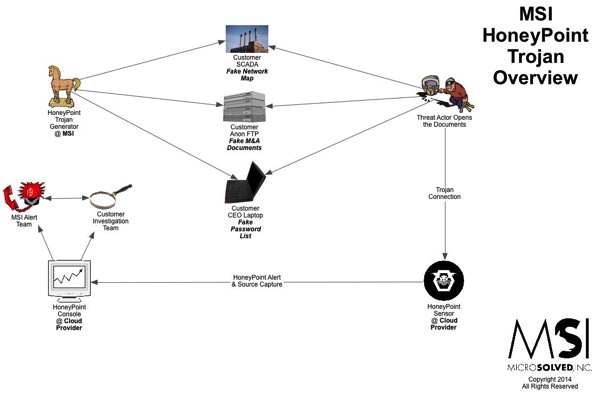If you use OpenSSL anywhere, or use a product that does (and that’s a LOT of products), you need to understand that a critical vulnerability has been released, along with a variety of tools and exploit code to take advantage of the issue.
The attack allows an attacker to remotely tamper with OpenSSL implementations to dump PLAIN TEXT secrets, passwords, encryption keys, certificates, etc. They can then use this information against you.
You can read more about the vulnerability itself here.
THIS IS A SERIOUS ISSUE. Literally, and without exaggeration, the early estimates on this issue are that 90%+ of major web sites and software packages using OpenSSL as a base are vulnerable. This includes HTTPS implementations, many mail server implementations, chat systems, ICS/SCADA devices, SSL VPNs, many embedded devices, etc. The lifetime of this issue is likely to be long and miserable.
Those things that can be patched and upgraded should be done as quickly as possible. Vendors are working on patching their implementations and products, so a lot of updates and patches will be forthcoming in the next few days to weeks. For many sites, patching has already begun, and you might notice a lot of new certificates for sites around the web.
Our best advice at this point is to patch your stuff as quickly as possible. It is also advisable to change any passwords, certificates or credentials that may have been impacted – including on personal sites like banking, forums, Twitter, Facebook, etc. If you aren’t using unique passwords for every site along with a password vault, now is the time to step up. Additionally, this is a good time to implement or enable multi-factor authentication for all accounts where it is possible. These steps will help minimize future attacks and compromises, including fall out from this vulnerability.
Please, socialize this message. All Internet users need to be aware of the problem and the mitigations needed, even for personal safety online.
As always, thanks for reading, and if you have any questions about the issues, please let us know. We are here to help!

